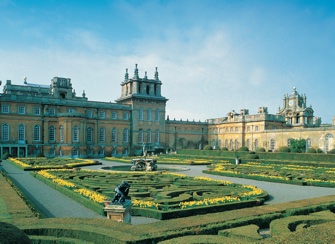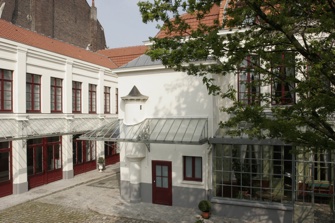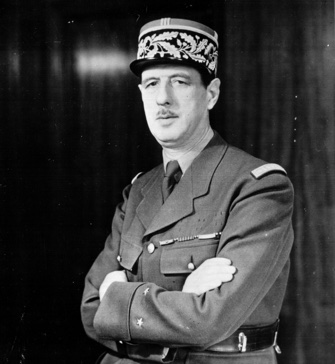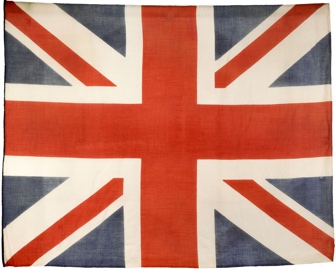
When I saw a poster for the exhibition “Churchill-de Gaulle” at the Musée de l’ Armée in a Paris Métro station, I assumed the exhibition would be about the notorious rows and fractious relationship between the British and French wartime leaders, but the show at the Musée de l’Armée is actually highly respectful of both men and points out certain traits they shared as orators, writers and unconventional politicians.
Churchill’s background as a descendant of the Duke of Marlborough and occupant of Blenheim Palace is well known. In my youth, I pored over the many books by Churchill in my grandfather’s library, from My Early Life to the multivolume The Second World War and A History of the English-Speaking Peoples.
His picaresque early career, which included regular job-switching from the army to journalism and politics, was a larger-than-life story featuring drastic lurches between good and bad fortune. This year is not only the 70th anniversary of Churchill’s death but also the 100th anniversary of the disastrous World War I Gallipoli campaign, the doomed offensive he conceived against Turkey in 1915. The story of such reverses and his later political comeback is told superficially but may be of interest to the French visitor.
De Gaulle, born to a patriotic, ultra-Catholic family in Lille in 1890, could hardly have had a more different background. Captured by the

Germans during World War I, the young army officer seethed with indignation and began his farsighted reflections on modern warfare. They were to be sadly ignored by the French high command until 1940, when it was too late to stop disaster.
The most successful part of the exhibition deals with the two leaders’ skillful use of radio, which proved to be such an effective tool of mass

communication during World War II. You can don headphones in a re-created studio to listen to wartime speech extracts, including de Gaulle’s historic “Appel du 18 Juin.”
After the war ended, Churchill and de Gaulle both devoted themselves to lengthy autobiographical accounts, which, in their different ways, became literary classics of the time. We get an interesting and surprising insight into the prolific Churchill’s writing methods thanks to the loan of documents from the Churchill home at Chartwell. The great man used to dictate his memoirs in the middle of the night with a team of researchers who would look up dates and facts to support the text. The nocturnal writing sessions would go on until 4am. This method, which the author called his “writing machine,” made it possible to generate 5,000 words a night.
In contrast, the future French president wrote alone in neat longhand in a heavy proof book in his château in Colombey-les-Deux-Eglises.
The exhibition reflects the more mature relationship the two men enjoyed during the Cold War period. The originals of various

letters exchanged between them reveal how mutual respect developed out of the earlier animosity.
In a famous quote referring to de Gaulle, Churchill said that the hardest cross he had to bear during the war was “the Cross of Lorraine” (the symbol of Free France during the war). In an amusing and ironic gesture, the French president alluded to this remark in 1958, when he awarded a specially made, very heavy glass Cross of Lorraine (dubbed the “Cross of the Liberation” for the occasion) to his former companion-in-arms. It is on display in the exhibition.
Favorite
